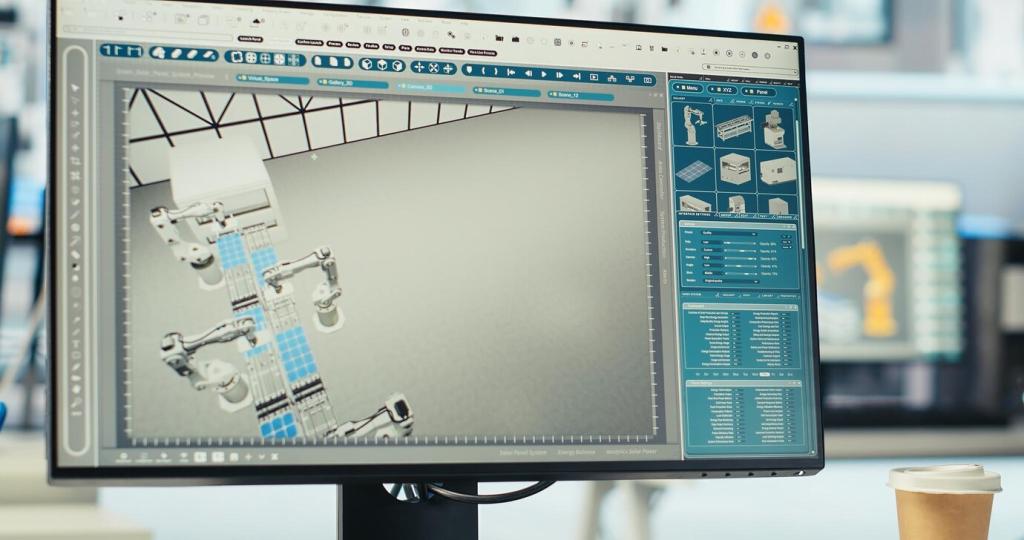Powering Tomorrow: Innovative Battery Storage Solutions for Homes
Most home systems use lithium iron phosphate (LFP) for stability, long life, and thermal resilience. Others use nickel manganese cobalt (NMC) for higher energy density. Your needs determine which chemistry fits best.

Sizing for Real Life
Start with essentials: fridge, internet, lighting, medical devices. Add desired comfort—HVAC, well pump, induction cooktop. Capacity in kilowatt‑hours determines runtime, while power rating determines how many appliances run simultaneously.
Where It Lives: Indoors or Outdoors
Consider ambient temperature, wall strength, and clearance for airflow. Garages or shaded exterior walls are popular. Keep units elevated in flood‑prone areas and ensure installers follow local codes and manufacturer guidelines.
Look Beyond the Sticker Price
Evaluate total cost of ownership: cycle life, round‑trip efficiency, warranty terms, and software updates. A slightly pricier system with stronger warranty and smarter controls often pays back faster over time.
Integration With Solar, EVs, and Smart Homes
Solar fills the battery when the sun is high; the battery powers your evening. Smart controls reserve backup energy for storms and shift surplus to offset expensive evening rates automatically.
Integration With Solar, EVs, and Smart Homes
Vehicle‑to‑home technology can turn an electric car into a flexible backup source. When available, it complements stationary batteries, extending runtime during outages and lowering costs by supporting peak shaving.
Integration With Solar, EVs, and Smart Homes
Link your system with smart thermostats and load controllers. Pre‑cool before peak rates, delay the dishwasher, and schedule charging—all while preserving backup reserves. Share your favorite automations in the comments.

Storm Week Resilience
During a coastal outage, one family prioritized the refrigerator, Wi‑Fi, and medical equipment. Their 10 kWh battery lasted two days by rotating appliance use carefully. Planning loads made all the difference.
Quiet Comfort, Lower Bills
Another household discovered their battery’s silent operation mattered as much as savings. No generator fumes or noise—just seamless power while time‑of‑use optimization trimmed monthly bills without cumbersome schedule changes.
Lessons From Over‑Sizing
A reader installed more capacity than needed. The upside: future EV readiness and longer battery life due to shallow cycling. The takeaway: plan for growth, but balance today’s needs with tomorrow’s ambitions.
Ask the Right Questions
What critical loads matter most? How does your utility bill structure work? Which warranty terms fit your usage? Share your answers below to get tailored advice from our community.
Installation Day Checklist
Confirm permits, breaker labeling, internet connectivity, and emergency shutoffs. Test backup circuits and run a simulated outage. Post your checklist wins and hiccups—your experience can smooth someone else’s journey.
Measure, Share, Improve
Track efficiency, charge cycles, and savings monthly. Tweak automation as seasons change. Subscribe for deep‑dive guides, and tell us which innovative battery storage topics you want uncovered next.

